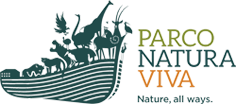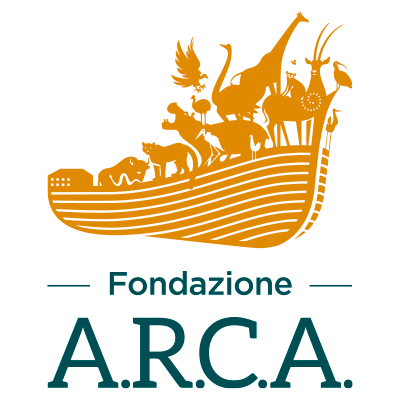December 2018
Parco Natura Viva staff left for the second mission in Seychelles and signed the second agreement with the Seychelles National Parks Authority to continue the conservation project on the Seychelles giant tortoise and bat.
February 2018
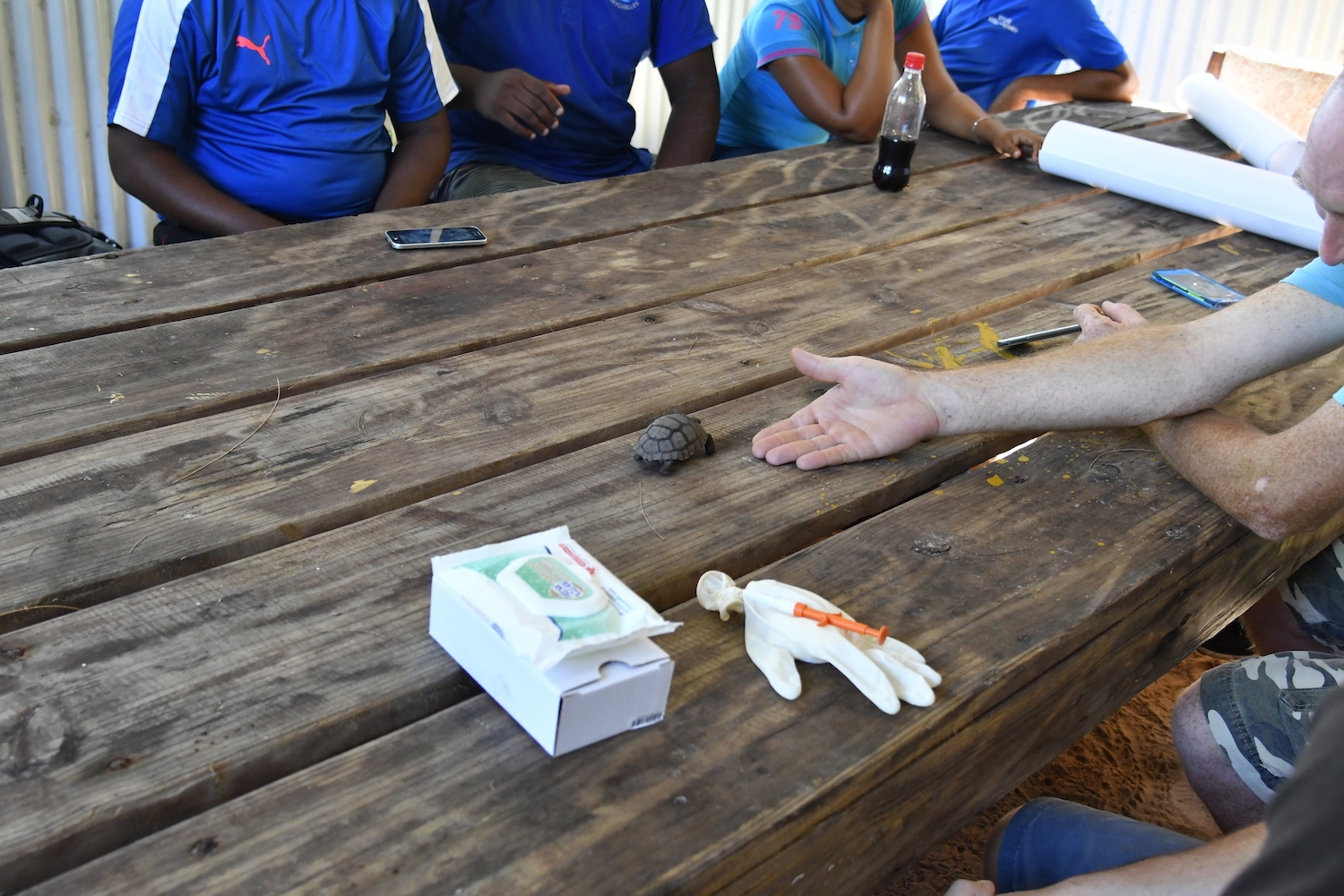 |
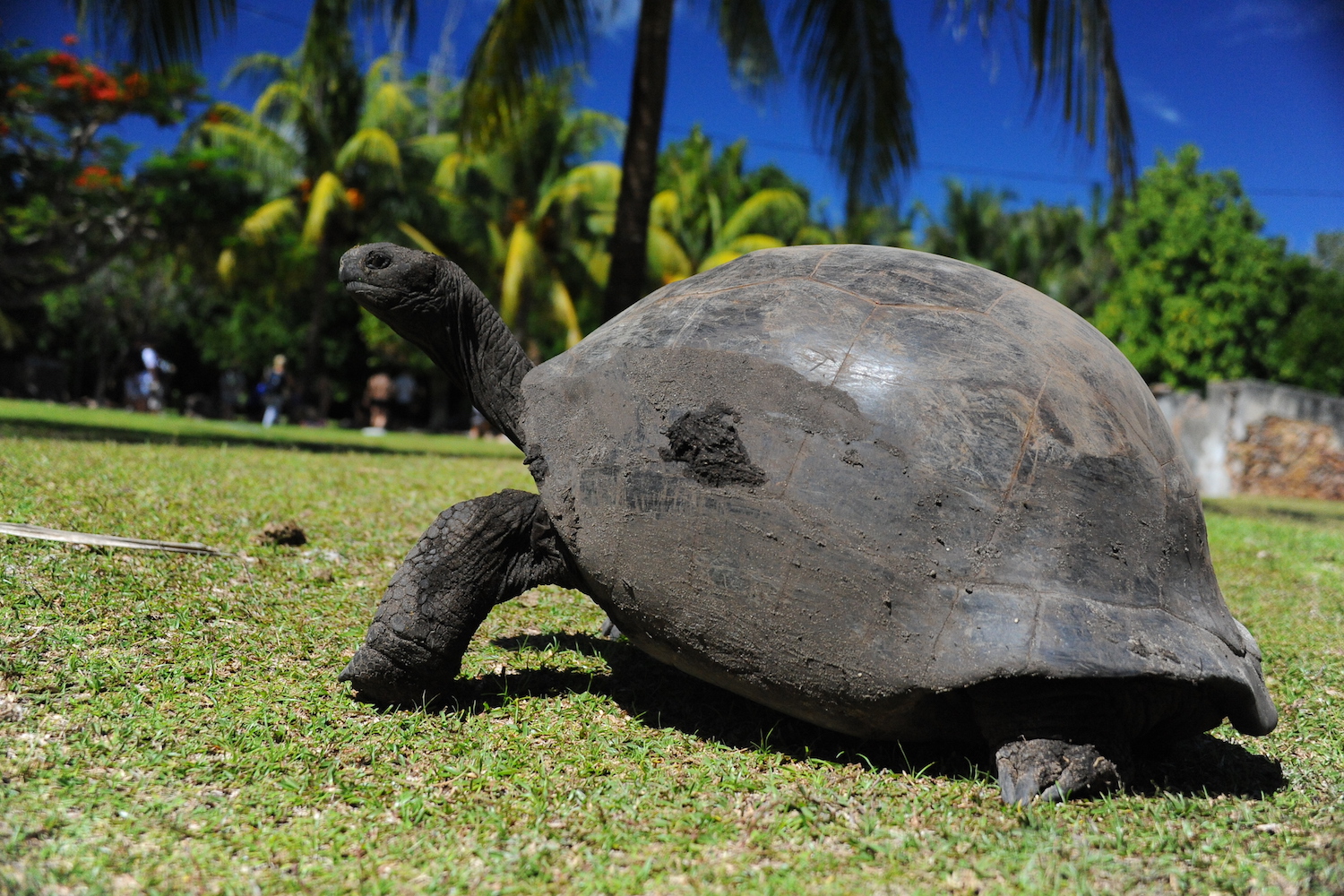 |
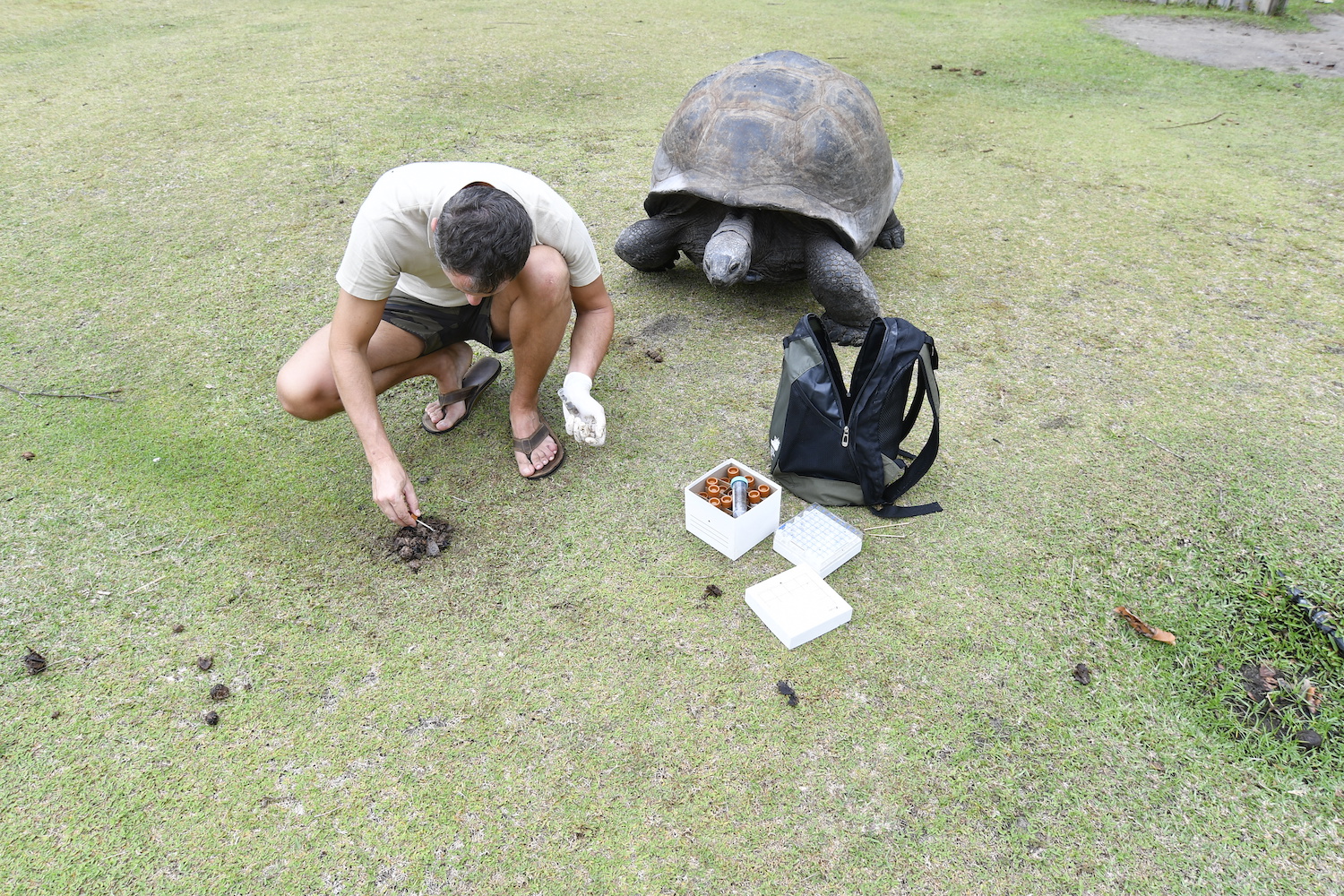 |
November 2017
The first field mission for the conservation of Seychelles tortoises was carried out, and thanks to the collaboration with Bologna University and with the University of Sacro Cuore of Piacenza, will have positive implications also on the welfare of animals hosted by Zoological Parks. During the mission, the Seychelles National Parks Authority informed the staff of the park that the application of the nano-microchips has start to bring the hoped results: the problem of the theft of young tortoises in the breeding centre was, in fact, been almost solved simply by informing the public opinion that microchips were being inserted in all the young ones.
March 2017
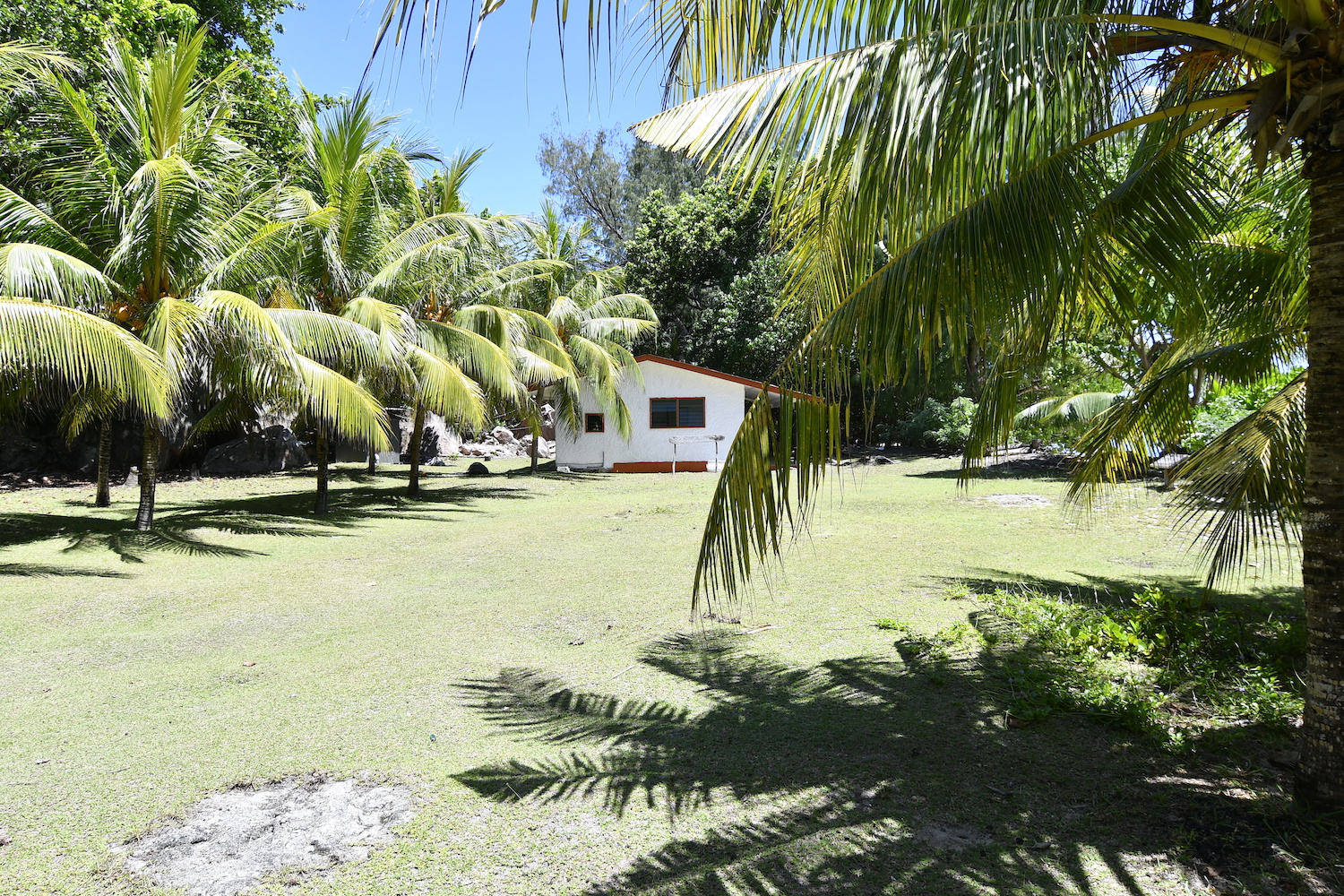 |
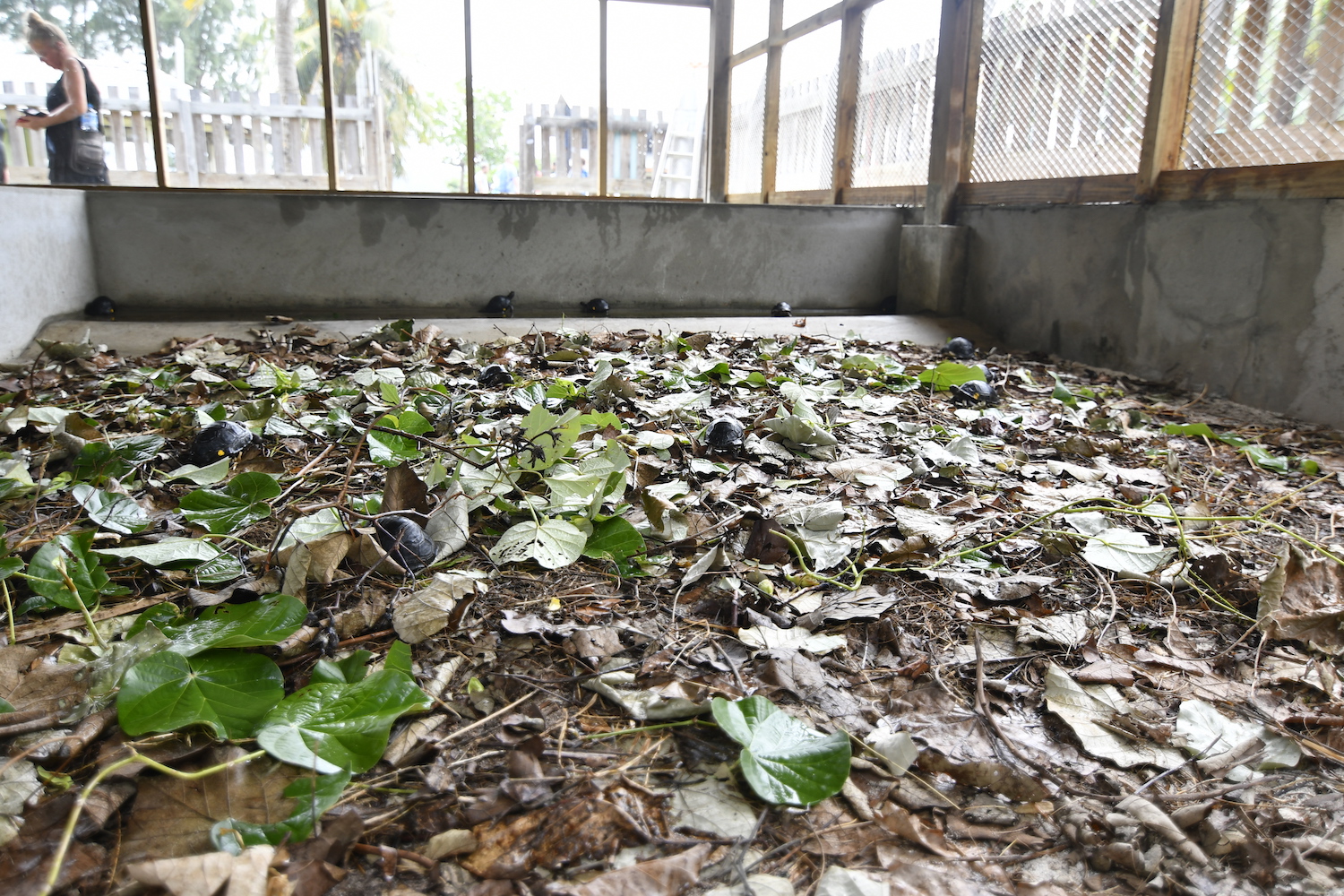 |
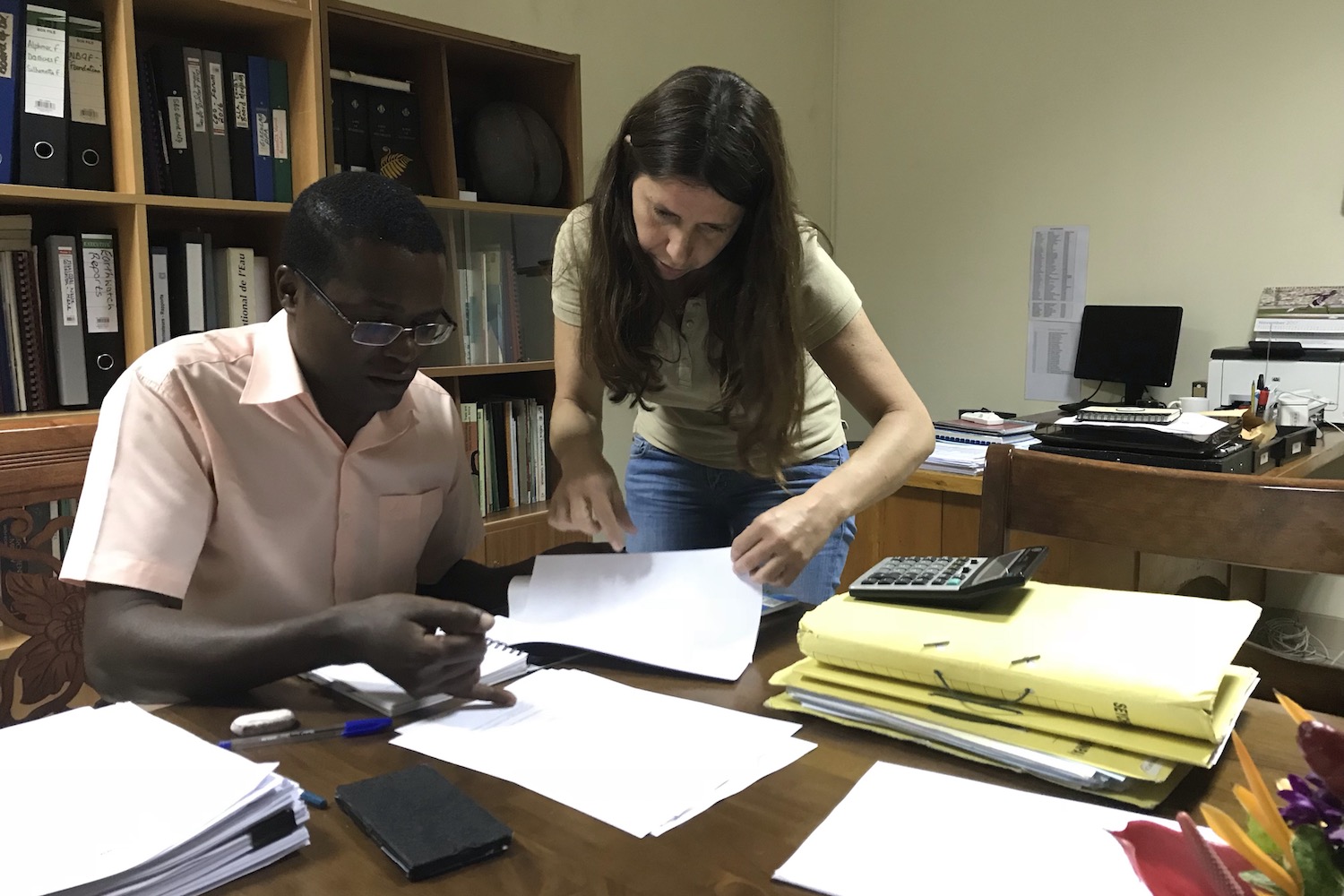 |
January 2017
At the same time, the Park started to look for collaborations to start a first survey on the population of Seychelles sheath-tailed bats. Such survey will have to be the least invasive possible, since there are just a few individuals left, probably around 50.
 Italiano
Italiano English
English Deutsch
Deutsch
